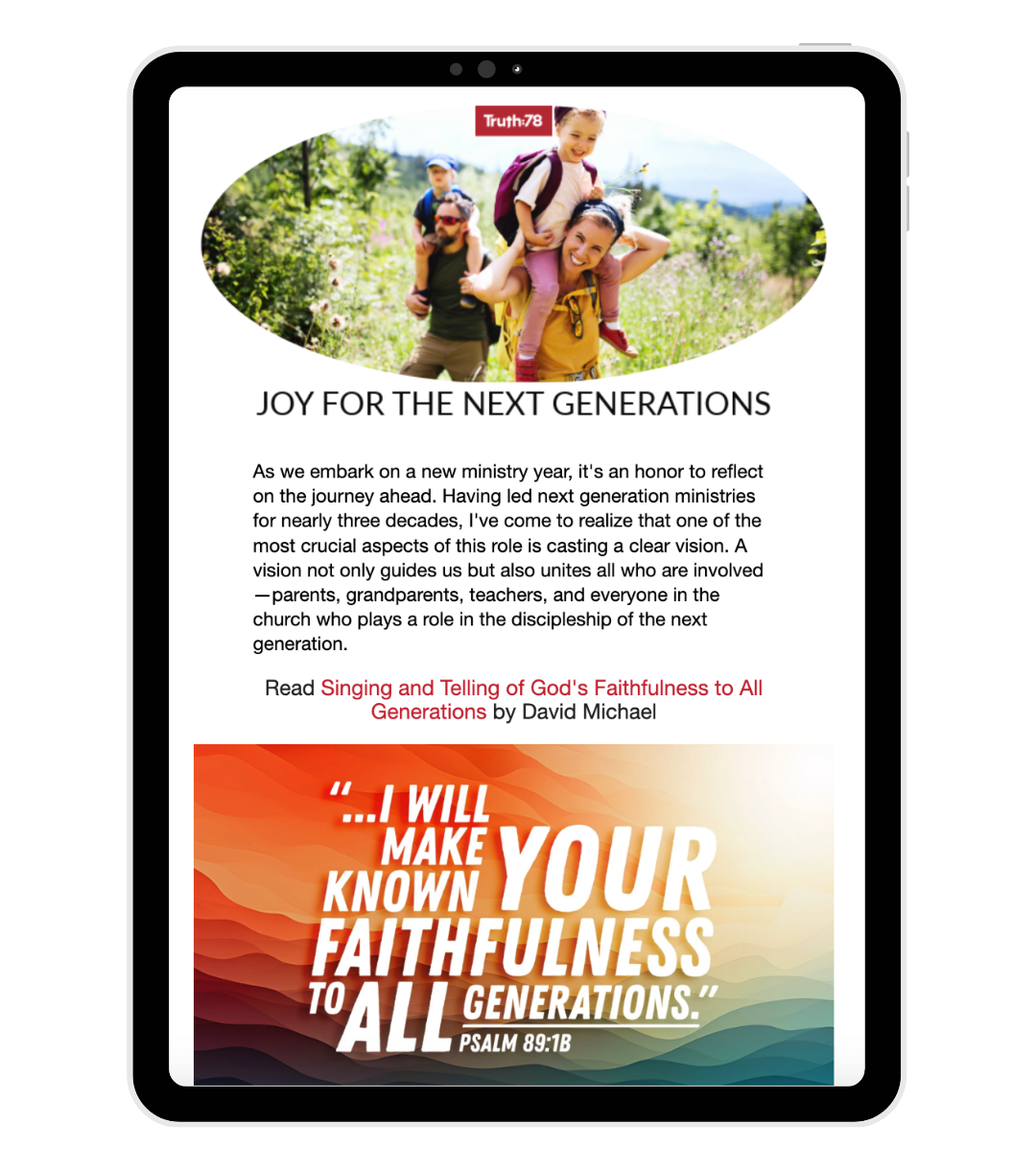 One of the greatest gifts a teacher can give students is to train them in how to study the Bible for themselves. By the time students have reached eight years old (third grade), they should be encouraged and expected to interact with more and more text during the lesson, including reading passages aloud. Their Bibles should be open more often than not. They should be able to quickly look up two or more passages of Scripture during a lesson and/or be able to examine larger portions of text. Doing this will require careful thought and preparation on the part of the teacher.
Teacher Tips
One of the greatest gifts a teacher can give students is to train them in how to study the Bible for themselves. By the time students have reached eight years old (third grade), they should be encouraged and expected to interact with more and more text during the lesson, including reading passages aloud. Their Bibles should be open more often than not. They should be able to quickly look up two or more passages of Scripture during a lesson and/or be able to examine larger portions of text. Doing this will require careful thought and preparation on the part of the teacher.
Teacher Tips
- Be strategic in how many passages you assign the students to read aloud. If you have many texts to look at in a particular lesson, you may want to assign students to each look up a passage before the lesson begins, and then call on them to read their assigned passage during the lesson.
- Use guided questions and explanations to help the children properly interpret the text
- Have the children observe a text and note key words, phrases, patterns, and simple context, and then ask them to summarize the meaning of the text.
- choose one or two students
- assign 1 or 2 verses per child
- you read it
- Slow or quiet readers may cause the listeners to lose focus
- Constantly changing readers may be distracting and lose flow of story
- Too many difficult words to stumble over
- Children may not be able to give the story the necessary/helpful tone
ten thousand talents = millions of dollars
a hundred denarii = a few dollars
After the text has been read, it is important to lead the children through a systematic series of questions in order for them to understand the structure and meaning. Also, whenever possible, ask questions in a way that requires them to really look at the text so that they really have to interact with it. Examples of questions to ask from Matthew 18:23-35:- In this parable we have three main characters or people, who are they?
- Look at verse 26. What does the word "imploring" mean?
- According to beginning of verse 27, why did the king forgive the servant? What specific word does the Bible use to describe the king's feeling toward this servant?
- Why is verse 28 surprising? How would you compare the debt of the first servant to the debt of the second servant?
- Who does verse 29 sound like?
- Did the first servant respond like the king? Why not?
- What did the king do to the first servant when he found out what happened?
- Look at verse 35. What is the warning in this verse? Who is the king in the story like, us or God? Who are we to be like, the first or second servant? Are we more like the second servant sometimes? Is this pleasing to God?
Why did Jesus tell this parable?
Look at the two verses that come before the story, verses 21 and 22.
Many people think that children of this age cannot handle serious Bible study. But our children can handle the "meatiness" of Scripture if we cut it up into bite-sized pieces and teach them how to chew it carefully. What a wonderful feast to offer them!(Image courtesy of imagerymajestic at FreeDigitalPhotos.net.)






